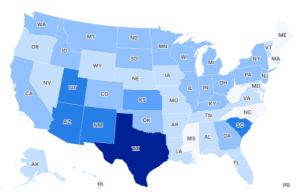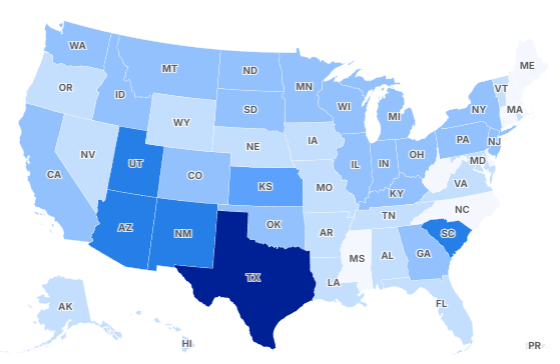A growing wave of fraud rings is exploiting the federal financial aid system by enrolling “ghost students” — individuals who do not actually attend classes but use stolen or fabricated identities to collect government funds. This increasingly sophisticated scam has targeted community colleges across the nation, raising concerns over the vulnerability of these institutions and the misuse of taxpayer money.
Community colleges have become prime targets for these fraudulent schemes largely due to their open admission policies and relatively lower tuition rates. These factors make it easier for fraud rings to register fictitious students and receive financial aid on their behalf. The rise of remote learning, which reduces the need for physical attendance verification, has further lowered barriers for scammers to exploit the system undetected.
Federal audits and investigations reveal that millions of dollars in financial aid have been fraudulently disbursed in multiple states. Some cases are particularly alarming, including payments made under the names of deceased individuals, highlighting serious weaknesses in verification processes. These fraudulent transactions not only drain public resources but also undermine the integrity of financial aid programs designed to help genuine students.
Law enforcement agencies have responded to the surge in fraud by intensifying investigations and prosecuting offenders involved in these schemes. News reports document arrests of individuals and organized groups engaged in fabricating student identities, submitting false enrollment information, and collecting financial aid checks without providing any educational services. The penalties for such crimes can include hefty fines and imprisonment, reflecting the serious nature of the offenses.
In response to these threats, the U.S. Department of Education has ramped up its efforts to detect and prevent financial aid fraud. Strategies include enhanced data analysis, cross-agency collaboration, and targeting known fraud rings through coordinated investigations. Additionally, the Department is working to strengthen enrollment verification requirements and improve oversight at vulnerable institutions, especially community colleges that have seen an uptick in fraudulent applications.
Experts stress the importance of balancing access to education with robust safeguards to protect federal aid programs. While community colleges play a vital role in providing affordable education opportunities, the rise of “ghost student” scams underscores the need for enhanced security measures without creating undue barriers for legitimate students.
As investigations continue, policymakers and educational institutions face the challenge of closing loopholes exploited by fraud rings, safeguarding public funds, and ensuring financial aid reaches deserving students. The ongoing crackdown on “ghost students” serves as a critical reminder of the vigilance required to maintain the integrity of the nation’s education system.

Emily Johnson is a critically acclaimed essayist and novelist known for her thought-provoking works centered on feminism, women’s rights, and modern relationships. Born and raised in Portland, Oregon, Emily grew up with a deep love of books, often spending her afternoons at her local library. She went on to study literature and gender studies at UCLA, where she became deeply involved in activism and began publishing essays in campus journals. Her debut essay collection, Voices Unbound, struck a chord with readers nationwide for its fearless exploration of gender dynamics, identity, and the challenges faced by women in contemporary society. Emily later transitioned into fiction, writing novels that balance compelling storytelling with social commentary. Her protagonists are often strong, multidimensional women navigating love, ambition, and the struggles of everyday life, making her a favorite among readers who crave authentic, relatable narratives. Critics praise her ability to merge personal intimacy with universal themes. Off the page, Emily is an advocate for women in publishing, leading workshops that encourage young female writers to embrace their voices. She lives in Seattle with her partner and two rescue cats, where she continues to write, teach, and inspire a new generation of storytellers.






